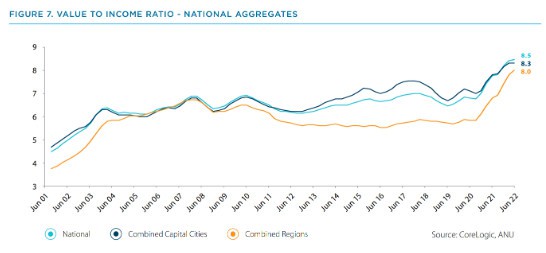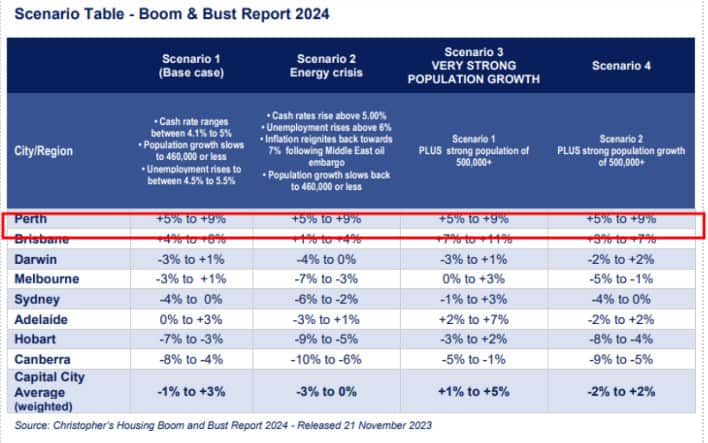- The first step is making the call.
- 1300 022 482
- hello@searchpartyproperty.com.au
Cheaper To Buy Than Rent – What Are The Implications?

According to the most recent PropTrack Market Insight Report, an intriguing trend has emerged within the Queensland property market: a notable 53.3% of all residential properties are now cheaper to purchase than rent. This figure stands in marked contrast to the national average of only 36%. In February this year, the national figure was just 9.1%.
The differences among these figures prompt a couple of important questions: What factors underlie this trend and what ramifications might it create for markets moving forward?
Buying vs Renting
Most people have the goal of one day purchasing a home, and intuitively it makes sense that buying will tend to be more expensive than renting (for properties of equivalent value). We understand that with the greater outlay incurred through purchasing a property, comes the ability to benefit from capital growth and building equity.
The research broadly backs up this assumption as well. Though some studies point to duration-dependent results, a 2016 University of Melbourne study found that since at least the early 80s, buying a home has reliably been the more successful financial decision for Australians (https://doi.org/10.1111/1475-4932.12286).
This being true then, and widely assumed – what kinds of factors lead us to a situation where renting, producing worse financial outcomes, is more expensive than buying?
Cause and Effect
To correctly define the trend here – it’s not that buying has become cheaper, but that renting has rapidly become more expensive.
Despite ongoing rate hikes tempering what has throughout this year been stable house price growth, the rental crunch is being propelled by extremely low vacancy rates – kept low by incredible migration numbers and a supply of new homes hindered by persistently high costs.
You might expect this trend to eventually correct itself, as high rents push more people towards purchasing a home. Unfortunately, that may not be how it plays out. Last year, the Sydney Morning Herald reported that it now takes, on average, more than a decade to save for a home deposit – thanks to median home values having risen to 8.5 times the median salary:

So, what are the long-term implications of houses being cheaper to buy than rent?
Well, really these trends are more a reflection of other causal factors, rather than themselves being causal. But often there is often a cyclical effect to these kinds of market trends. Homes are unaffordable, so more people rent, so rents go up, which makes homes more unaffordable…. and so on.
It looks like good news for those already in the market, or those with the ability to enter (like the record number of millionaire migrants coming to Australia). Especially since home value growth has proven resilient in the face of a significant rate hike cycle. It just doesn’t seem that the demand trapped in the rental market is likely to be able to spill over into the buyers’ market any time soon.
Moreover, with expectations of price falls in many major cities next year, the proportion of homes cheaper to buy than rent could well become a lot higher.
What’s going on in Queensland?
For the time being though, what explains the discrepancy in QLD figures with that of national figures? Why are there so many more homes cheaper to buy than rent in the sunshine state, compared to elsewhere?
Well, for much of the same reasons we’ve explored already, it comes down to a more drastic combination of rental increases and relatively affordable house prices. This year alone, Brisbane rents have soared 13.4%, within a city that is already far more affordable than others on the East coast. Interestingly, much of the areas in QLD where it is cheaper to buy than rent are condensed within Brisbane itself – the top three areas being inner Brisbane (80%), Beenleigh (78%) and North Brisbane (68%).
According to PropTrack economist Paul Ryan:
“Those regions where they have been lots of developments, Brisbane inner and the inner-north, that’s put downward pressure on prices and rents and made buying in a lot of those regions quite favourable.”

It’s certainly a very interesting emerging trend to keep an eye on, with research firm SQM predicting Brisbane as one of only two capital cities certain of continued price growth across 2024.
Want to discuss this further?
For expert guidance in property strategy, and what it could mean for you as a property investor, book in for a free consultation to make informed decisions, tailored to your investment goals. Don’t let affordability challenges hinder your success. Act now with Search Party Property!




